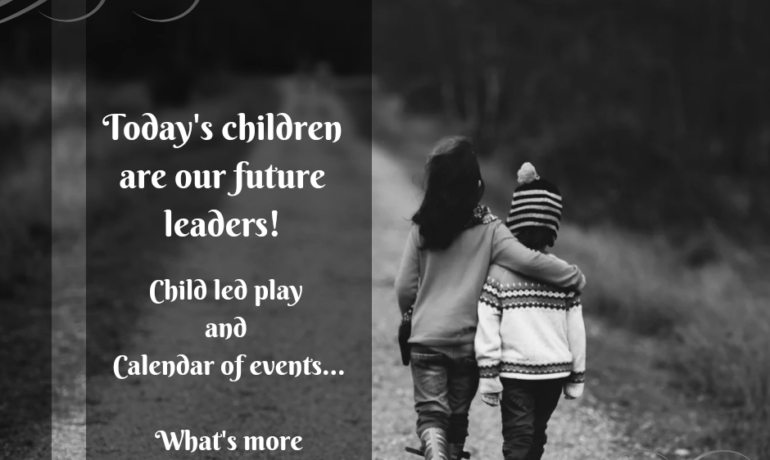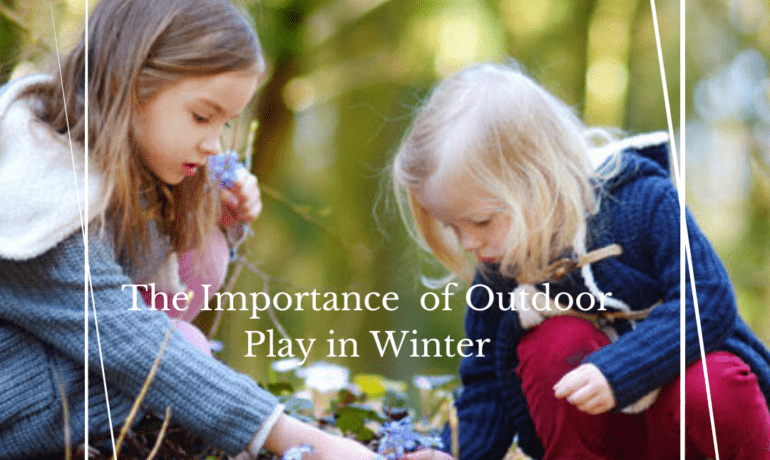Albert Einstein once said,
“Imagination is more important than knowledge. Knowledge is limited, Imagination encircles the world”
Loose parts in a child’s learning environment will enhance a child’s creativity. You may ask what loose parts really mean. It is objects that are alluring to a child, generally beautiful found objects or materials that can be moved, taken apart, pushed, manipulated rearranged and changed during play. Experiences that are not clear cut and can provide a never ending use allows play to be richer and more complex. Loose parts relies on interaction and exploration and manipulation of various materials. Think about the shells you collect on the beach, or colourful stones that shimmer in the sunlight, cotton reels that maybe rolled down a hill or used to thread a necklace.
These materials can provide different learning outcomes for different children.
There is growing evidence of the many benefits to loose parts play. Through loose parts play children will be provided with the opportunity to:
-
-
- Practice negotiation and communication skills
- Develop social and emotional skills
- Learn new words while building vocabulary
- Enhance cognitive ability
- Learn to share and take turns
- Develop hand-eye coordination
- Apply mathematical thinking
- Be introduced to scientific methods
-
Loose parts play is solely directed by the child which is highly motivational and encourages the participation of other children. It’s a place where children can freely use their imagination and let the wonder of their minds take them to another place.
‘When children interact with loose parts, they enter a world of “what if” that promotes the type of thinking that leads to problem solving and theoretical reasoning. Loose parts enhance children’s ability to think imaginatively and see solutions, and they bring a sense of adventure and excitement to children’s play.’ (Daly and Beloglovsky, 2015)
Loose Parts include and are not limited to:
-
-
- Cotton reels
- Pine cones
- Stones
- Rocks
- Leaves
- Gumnuts
- Beads
- Twigs and branches
-
Loose parts terminology is generally used by Early Childhood Teachers as open ended experiences. When an experience is open ended it provides many learning opportunities for children. When a child is provided with a closed ended experience and struggle to complete it they may feel a loss of empowerment, deflated, or upset at the fact that they are unable to complete a closed ended experience.
A closed ended experience is generally an activity that provides one outcome. Some examples of closed ended activities are:
-
-
- Puzzles – if you don’t put a piece in the right section the activity cannot be completed
- Draw a house – if the child cannot draw a house like you have drawn or similar to one they have seen in a book they will feel a sense of failure and it may make the child withdrawn from the next art activity.
-
How does it make you feel if you are presented with an experience you can’t complete? Do you want to go back and do it again? We want children to feel empowered and be encouraged to use their imagination.
We want children to be inventive and flexible thinkers.
Do you find your child loses interest in an activity that has a sole purpose?
You may have noticed that your child received a beautiful toy as a gift but you find that your child is more interested in the box it came in opposed to the actual toy.
Children usually prefer play that stimulates their curiosity and gives free reign to their imaginations and creativity. We believe that one of the best ways to enhance their natural curiosity is to introduce a wide variety of the materials we call “loose parts” into their play settings.
How can adults support loose parts play?
Adults can play alongside the children. Remember it’s not our role to tell children how to play. Children will learn more by attempting things themselves. The child may make a birthday cake and use sticks, while standing them up in a pile of sand. You could scaffold their play by saying “I wonder how many candles are on your cake” or “this is the tallest candle, can you find the shortest candle?”
If you are unsure what the child is engaged in you may say to the child “tell me more about what you are making”.
It is our role to support and guide children while they are learning something new. A place that children feel comfortable to explore and try new things. During play you may ask probing questions, make suggestions, introduce new equipment/loose parts or offer encouragement.
Our aim is to empower children to think, question, investigate and explore.
Our services incorporate loose parts into our learning curriculum as they inspire children’s creativity, boosts imagination, critical thinking skills and curiosity.
“The wider the range of possibilities we offer children, the more intense will be their motivations and the richer their experiences.” – Loris Malaguzzi




